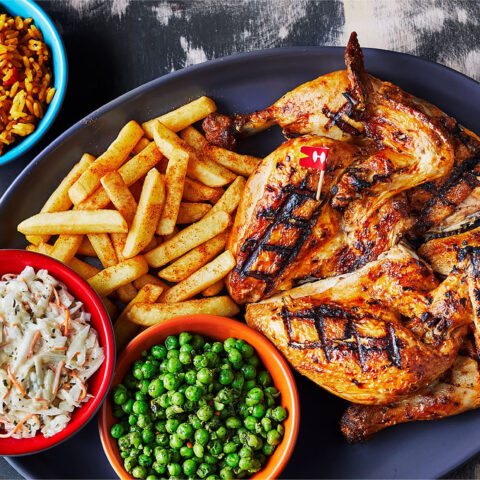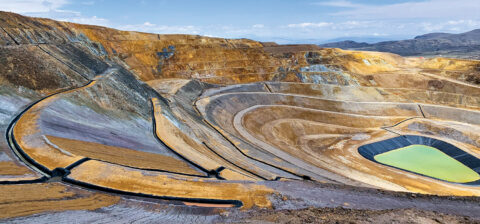Sunday Times Healthy Times
Become A Rainwater Farmer
The drought in the Western Cape has taught us at least one thing – that we can’t rely solely on municipal water to sustain our homes and lifestyles. Even though the long-anticipated rains seem to have started filling the dams, people are turning to home water-saving solutions to keep Day Zero at bay forever.
Harvesting rainwater as it falls will provide you with a supply of water for various uses around your house and garden. Helen Moffett, author of 101 Water Wise Ways (Bookstorm, R130), outlines the best approach.
Rainwater tanks
“The best way to store water when you are living in a house with a roof and gutters, is to attach your guttering and downpipes to rainwater tanks,” she says. 
This is something you can do yourself, although Moffett recommends consulting an expert, as the size, number and siting of your tanks need to be considered.
Laurie van der Westhuizen from Free Water explains that rainwater tanks (the most commonly used brand is the JoJo Tank) start at 100 litres, but can go up to 5 000 litres for bigger families. “Smaller tanks are more expensive per litre. The larger the tank you buy, the closer your costs get to R1 for 1 litre of capacity,” Van der Westhuizen says.
A 5 000-litre tank usually sells for around R5 000 to R5 500.
Then, he says, you can connect your rainwater downpipes to the tank, and add a tap for convenience. Depending on how far you want to take your installation, you can also connect the tank into your home plumbing, but this gets more complicated and costly.
Using your harvested water
Moffett says if you want to use the rainwater you have collected and stored, you need to ensure that your gutters and roofing material are cleaned regularly. If you want to use the rainwater for drinking and cooking, you should boil it first, as there may be bacteria on roofs and gutters. The US Centers for Disease Control and Prevention recommends one minute of boiling.
“I use rainwater for everything except drinking and cooking,” says Moffett.
If you don’t want to consume the water you have harvested, you can use it for flushing, laundry, household cleaning, dishes, showers or baths, the garden, washing the car and filling your pool.
Moffett says it’s worth harvesting rainwater, whichever way you do it. “Just do it! You will be grateful when the day comes that you have to flush and there’s no water in the pipes.”
DIY solutions
If the JoJo Tank is beyond your budget, Moffett suggests you saw off your downpipes and install ordinary dustbins under them, or attach flexipipes or plastic “sleeves” to your gutters and lead them to basins, bathtubs and other receptacles.
If you are living in a block of flats and you have a balcony or small courtyard, you can invest in rain chains and small tanks that are disguised as planters. “This is an attractive way to store smallish amounts of water,” says Moffett.
Different types of water
White water – Clean, uncontaminated water that’s good to drink. This can be municipal water or properly captured and harvested rainwater.
Grey water – Water that is used in the home, but hasn’t come into contact with human waste. This can be from your bath, basin or washing machine.
Black water – Water that has come into contact with human waste. It cannot be used or stored without treatment and must be drained or flushed away.






 Sign-up and receive the Business Media MAGS newsletter OR SA Mining newsletter straight to your inbox.
Sign-up and receive the Business Media MAGS newsletter OR SA Mining newsletter straight to your inbox.